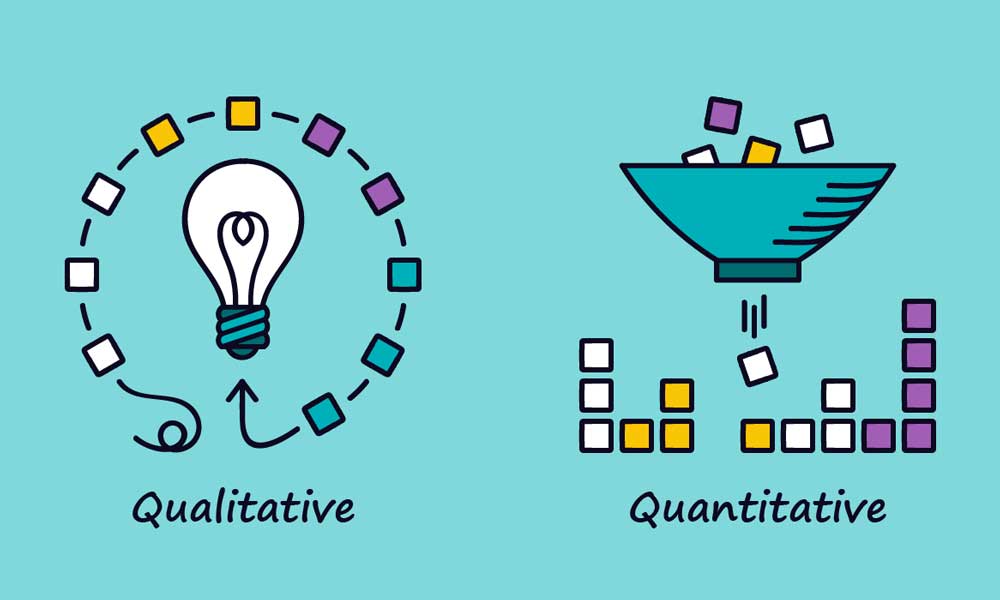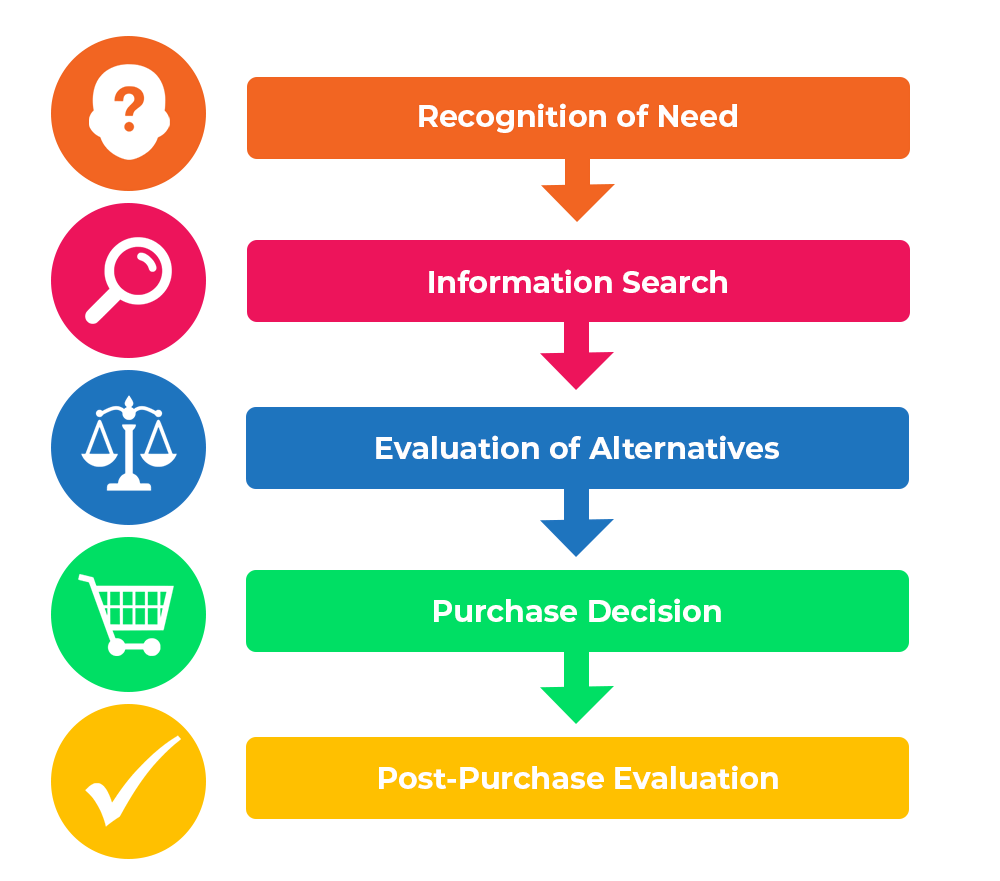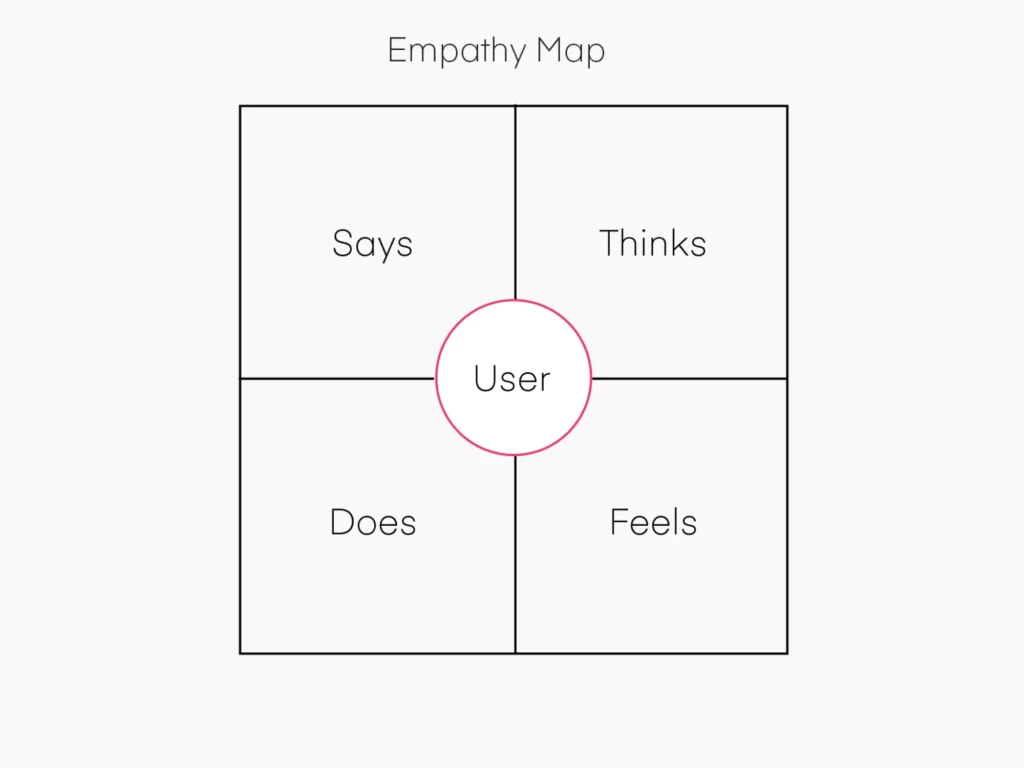Introduction to Consumer Research Insights
What makes consumers tick? Why do they choose one product over another? As a business, getting inside your customer's mind is critical to success. Consumer research provides invaluable insights that can shape product development, marketing campaigns, and overall business strategy.
Consumer research encompasses qualitative and quantitative studies to uncover consumer psychology, preferences, habits, and more. Surveys, interviews, focus groups, and ethnographic research produce data and observations that create a mosaic depicting consumer behaviour.
Table of Contents
Core Areas of Research
Several core areas provide vital intel:
- Demographics – age, income, education level, household status
- Psychographics – attitudes, interests, opinions, values
- Purchasing habits – journey, triggers, brand loyalty
- Media consumption – channels, engagement, influence
- Reaction to marketing – resonance, motivation triggered
- Price sensitivity – thresholds, elasticity, anchoring
Understanding these factors allows you to align your business decisions with consumer tendencies. Now, let's explore essential research methods and insights more closely.
Qualitative Research: Inside the Consumer Psyche

Qualitative techniques utilise subjective data to reveal psychological and sociological factors shaping consumer thought patterns. Here's an overview of the main approaches:
Ethnographic Research
Observing consumers in their natural environments using video ethnography and interviews unveils how they interact with products and brands.
- Pros: Highly authentic insights, contextual understanding
- Cons: Small sample sizes, labour intensive
Individual Interviews
One-on-one, in-depth conversations dig into consumer opinions, perspectives, and decision motivators regarding brands, products, services, and messaging.
- Pros: Rich personal narratives, building rapport
- Cons: Subjectivity/bias, small sample sizes
Focus Groups
Moderator-led discussions with groups of 6-10 participants discussing brand, product, concept testing, or generating new ideas.
- Pros: Peer influence and dynamics, cost-effective
- Cons: Conformity, groupthink, influencing responses
Quantitative Research: Hard Consumer Data
While qualitative studies probe psychological aspects, quantitative research collects measurable, confirmable data through polls, surveys, and data mining.
Surveys
Questionnaires measure consumer behaviour, profiling demographics, psychographics, buying habits, brand affiliations, ad effectiveness, and user experience.
- Pros: Broad reach, statistically valid, anonymous
- Cons: Survey fatigue, superficial insights
Sample Survey Questions
- How often do you purchase [product]?
- Multiple choice options
- What factors most influence your decision to buy [product]?
- Rank options
- How much do you typically spend on [product] per month?
- Numeric response
- On a scale of 1-10, how likely are you to recommend [brand] to friends and family?
- Rating scale
Data Mining
Analysing CRM data, web analytics, transaction records, customer feedback, and other data sources to uncover consumption trends.
- Pros: Objective, high-volume insights
- Cons: Impersonal, complex analysis
Ethnography In Action: Coffee Consumption Revelations
An ethnographic study on office coffee drinking in the UK revealed intriguing insights, such as:
- 73% said coffee plays a vital role in work socialisation
- 62% use communal coffee areas to take short breaks
- 41% believe barista-brewed coffee is higher quality than self-serve
This indicates social and perceptual factors guiding coffee decisions – not just taste. This research exposed key psychographic drivers that impact coffee providers' servicing offices.
The Consumer Decision-Making Journey
Understanding how consumers pass through various mindset phases, from early awareness to ultimate brand selection, is critical.
There are generally five stages:

However, the path to purchase is rarely a linear, rational process. External influences and emotional self-perceptions shape attitudes and choices.
For example, a shopper's decision path for buying a utilised vehicle might look more like this:
Problem Recognition
- A growing family needs a bigger vehicle
- Budget concerns
Information Search
- Reads reviews on family-friendly vehicles
- Checks Blue Book values on desired models
Social Validation
- Neighbour recommends brand based on experience
Re-Evaluation
- Compares models again after input
- Seeks spouse's opinion
More Information
- Reviews financing options
Purchase Decision
- Opts for used over new
- Chooses model meeting needs at comfortable payment
Note the zig-zag of logic and emotion. This underscores why research across the entire decision journey is vital in understanding consumers.
Brand Positioning Analysis
What perceptions exist around your brand and critical competitor in the consumer's minds? Brand positioning analysis through perceptual mapping reveals insights.
Participants plot brands on a graph to reflect perceptions of price and quality. Results uncover current brand associations and opportunities for re-positioning. See example below:

Here we see:
- Nike dominates in quality
- Adidas leads in value
- Several brands cluster in the centre
This brand could re-position itself as the quality/value leader to stand apart.
Testing Concepts and Messaging
Research techniques also assess and refine products, concepts, messaging, and creative executions before market launch. Valuable feedback mitigates risk.
Concept Testing
Evaluates consumer response to an idea before investing in total development. This might entail gauging interest, identifying preferred features, and assessing viability.
Approaches include:
- Focus groups
- Surveys
- Sales forecast modelling
Creative Testing
Assesses effectiveness of marketing creative concepts through:
- Brand linkage tracking
- Recall and emotional resonance measures
- Eye tracking for visual engagement
Results guide refinement to maximise impact.
Getting Hands-On with Shop-Alongs

Imagine observing a customer as they shop in a store, eavesdropping on every thought informing their purchases.
That’s the premise behind “shop-along” studies. Researchers accompany consumers doing tasks like grocery shopping, guide them through a think-aloud narrative of decisions, and probe attitudes.
A cereal brand conducted a shop-along to solve declining market share. Researchers uncovered shoppers felt overwhelmed by excessive choices and lacked an apparent deciding factor when faced with new options.
This fueled a simplified line-up launch catering to common need-states like protein, better-for-you, etc. Sales bounced back thanks to human-centred insights.
Leveraging Online Consumer Behavior Data
The digital age provides a proliferation of data tracing how consumers interact online. Smart analysis unlocks a goldmine of actionable intel.
Web Analytics: Recorded Attention Revealed
Sites track every click, providing precision visibility into:
- Pages visited
- Click paths taken through sites
- Content downloaded or shared
- Email open and click-through rates
- Video watching patterns
Applying metrics like visitor frequency, engagement time, drop-off rates, and more reveals content resonance.
Comparison funnels can pinpoint where consumers exit sign-up workflows. Sites continuously test variations to lift performance.
The Power of Passive Data Collection
Consumers generate extensive data through apps pre-installed or running in the background, even when not actively using devices.
With opt-in permission, this data harvests insights including:
- Physical locations frequented
- Digital activity across sites and apps
- Exposure and response to ads served
- Purchase-oriented behaviors
This fuels trended reporting on behavioural shifts and micro-segment profiles useful for targeting.
Getting Inside the Customer Purchase Funnel
Detailed metrics reveal exactly how consumers navigate steps in an online purchase funnel, such as:
- Traffic sources driving visitors
- Pages visited before purchases
- Shopping cart additions and drops
- Coupon code usage lifts
- Variations in buying flow paths
This powers optimisation at friction points.
The Rise of Sentiment Analysis
AI-powered natural language processing parses unsolicited consumer conversations online to expose attitudes.
Brand monitoring analyses:
- Product reviews
- Social media conversations
- Community forum discussions
It auto-detects positive, negative or neutral sentiment polarity on brand, product or campaign topics. This reveals perception gaps to address.
Predictive Analytics: Consumer Crystal Ball
Sophisticated machine learning models process consumer data to predict future behaviours on metrics like:
- Product spend probabilities
- Churn risk scoring
- Next best offer/channel responsiveness
- Survey participation likelihood
- Suboptimal customer experience risks
The more data fed into models, the more accurate insights become over time, powering proactive optimisation.
Enhancing Experiences with Human-Centered Design Thinking

Numbers only reveal part of the story. Truly grasping consumer perspectives requires direct human engagement through design thinking.
This process emphasises:
Discovery: Consumer Shadowing
Researchers observe real consumers performing tasks while interacting with products and services to identify pain points through techniques like:
- In-store shopping
- Website use
- App navigation
- Product assembly
Key insights surface through where confusion or difficulties arise.
Co-Creation Sessions
Consumers engage interactively with designers, engineers and researchers to conjure future solutions.
In these generative sessions, participants:
- Share “blue sky” wants and needs
- Experiment with prototypes
- Provide feedback in real-time during concept development
This maximises appeal and ease factors from the start.
Empathy Mapping
These creative exercises aim to encapsulate what consumers think, feel, see, hear, say and do throughout experiences in visual scatter plots.

It crystallises pain and joy points through an emotional lens that data alone misses.
Optimising to Lift Conversions
Many research best practices focus squarely on boosting response rates to offers. These include:
Landing Page Optimisation (LPO)
LPO is tuning page elements to maximise prospect conversions into leads. Researchers test permutations of:
- Headlines
- Sub-headers
- Body copy
- Images
- Calls-to-action (CTA)
The best-performing variation remains live.
A/B Testing
This compares two versions by splitting traffic to measure which option converts at the highest rate.
Common tests include:
- Subject lines
- Email content sections
- Webpage layouts
- Checkout flows
- Pricing approaches
Winning elements merge into controlled tests seeking further gains.
Funnel Analysis
Like a real-world funnel, online funnels narrow as consumers continue engaging:

Analysing drop-off between stages aids in strengthening leaks.
Cart Abandonment Surveys
These assess why consumers bail from purchases through questions like:
- What made you decide not to complete your purchase today?
- Would any of the following make you more likely to complete your purchase?
Feedback guides additions like loyalty discounts, free shipping, etc.
In Summary – Key Takeaways
After digesting the wide world of consumer research, these core takeaways stand out:
Both Qualitative and Quantitative Research Play Vital Roles
- Qualitative reveals psychological and why
- Quantitative fuels hard, confirmable data
AI Now Powers Predictions
- Machine learning models forecast behaviours
- This allows proactive decisions aligned with consumer signals
Human-Centred Design Focuses on Empathy
- Observing actual consumer struggles builds solutions
- Co-creation and workshops nurture ideal experiences
Optimisation Testing Continually Refines Performance
- Pages and campaigns constantly evolve through measured iterations
- Winning elements merge into new tests
While consumers can seem illogical and unpredictable, research and testing help decode the method in their madness. Ultimately, brands must view the world through the customers' eyes to deliver irresistible value.
Frequently Asked Questions
What are some challenges facing consumer researchers?
Some key hurdles researchers face involve limited consumer willingness to participate, inherent biases influencing feedback, inability to ask clarifying questions at scale, and spotty generalising from samples to entire markets. Mitigation tactics aim to incentivise engagement, gather observational data, ask objective questions, and carefully select representative participant mixes. Despite obstacles, crafty researchers extract invaluable truth from consumer interactions.
How can I get started in a consumer research career?
Getting into the consumer research field requires skills in data analysis, interpreting human behaviour, communication, storytelling with data, and project management. Common entry points include analyst or assistant roles at market research firms, brand insights teams, or management consultancies. Academic paths involve psychology, anthropology, behavioural science or business degrees. With relevant experience, researchers may advance to directing projects or leading insights groups.
What ethical guidelines apply to consumer studies?
Respect for human dignity stands at the core of ethical research. This demands honest communication of study purposes without manipulation or covert observation. Participants must grant informed consent with a clear understanding of data usage. Anonymity protects identities, while confidentiality safeguards personal information. The option to leave studies at will guard freedom. Guidelines preclude prying into illegal, sexual, or culturally sacred topics. Researchers prioritise transparency, security, and clear participant benefit through compensated involvement, access to results, or societal progress from findings.
How can I make research participant recruiting easier?
Finding qualified, eager participants begins with detailed screening criteria reflecting target consumer archetypes. For many studies, digital recruiting through survey routers, social media, incentivised referral programs, and existing opt-in panels has proven efficient. Still, in-person recruiting works better for ethnographies demanding on-site interactions. This makes public intercept locations like malls fertile recruiting territory through posters, flyers and staff. Where permitted, databases comb government census information or commercial data brokers to source candidates matching key qualifiers randomly. Regardless of the tactic, creating a stellar research experience inspires referrals for future projects.
What skills help researchers derive actionable insights?
Several core capabilities set great consumer researchers apart: 1) intellectual curiosity probing human motivations, 2) analytical prowess cross-sectioning data to spotlight themes, 3) storytelling artistry framing compelling narratives, 4) strategic orientation targeting decisions to guide and 5) tenacious rigour in questioning assumptions and pursuing truth. Research leaders innately balance art and science across these dimensions to elevate findings beyond mere information into pivotal business guidance.
